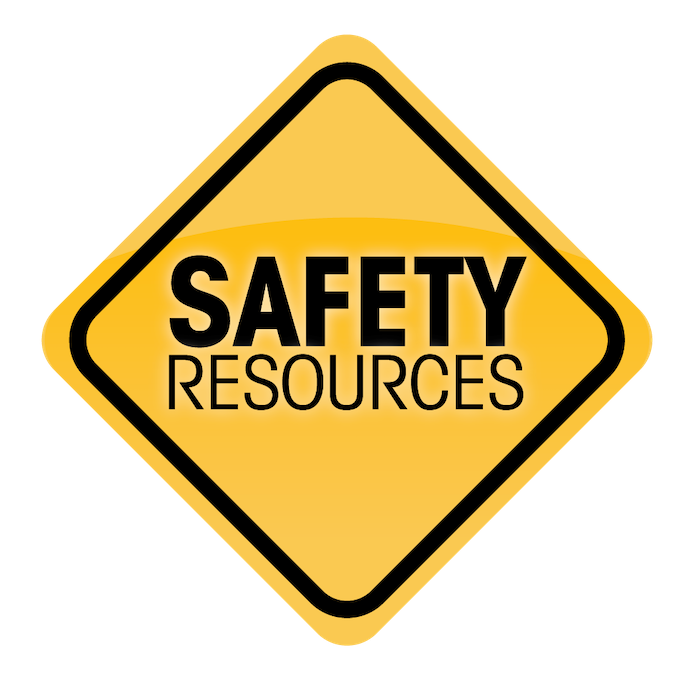It’s your workforce versus your bottom line: Which should your company focus on protecting to ensure longevity and financial success?
Trick question. Although countless business decision makers think of environmental health and safety as a sunk cost, it’s really an investment—and a shrewd one at that. Study after study confirms that organizations that invest in safety save money, boost productivity, and perform better in the long term. Why? Because a safer workplace leads to…
- Fewer incidents: between workers’ compensation and insurance, legal fees, and employee replacement, every incident carries significant upfront and subsequent costs.
- Improved productivity and efficiency: fewer injuries mean fewer disruptions, fewer lost hours, and fewer days away from work.
- Higher workforce morale: the safer people feel, the better they tend to do their jobs.
- A better reputation: companies that prevent safety incidents avoid negative publicity and negative brand associations among customers, prospective hires, and shareholders.
- Easier hiring: given the choice, people would rather work for a company that prioritizes worker well-being.
Most executives know all this on a rational level, but without concrete numbers, it can be difficult to conceptualize the financial impact of a safety culture. Fortunately, the National Safety Council has come up with a calculation so easy, so elementary, that any decision maker can use it to estimate their organization’s safety ROI in seconds.
How to Calculate Your Safety ROI
Ready? Grab a pen and paper, or don’t—you probably won’t need them. Here’s a calculation based on the NSC’s model:
your safety investment × 2 = your ROI
It’s that simple. Take your safety investment, double it, and pay it back to your organization. For every dollar spent on safety today, you save $2.00 in the future.
This is a conservative estimate, by the way. Safety+Health magazine reports that “[v]arious studies have shown $1 invested in injury prevention returns between $2 and $6.” Indeed, a more accurate calculation of ROI may be to triple or even quadruple that initial investment.
Putting the Cost of Prevention into Perspective
As self-evident as those results may seem, some decision makers may remain unconvinced of the value of a safety culture. Perhaps they’ve never dealt with a major accident and they believe the risk is so insignificant as to be essentially nonexistent.
Let’s put things into perspective: a single workplace fatality can threaten to sink a company.
The Centers for Disease Control and Prevention estimate a fatal injury may cost nearly $1 million, while the National Safety Council places it around $1.4 million. And when you factor in the indirect costs of lost productivity, employee replacement, insurance, attorneys, and so forth, the cost jumps to $3 million on average.
In terms of leadership, financial strategy, and fiduciary duty, there’s no reason to ignore workplace safety. Think of it this way: you can either double your company’s investment or put millions of dollars on the line. Which choice will your organization make?





Post a comment
Report Abusive Comment